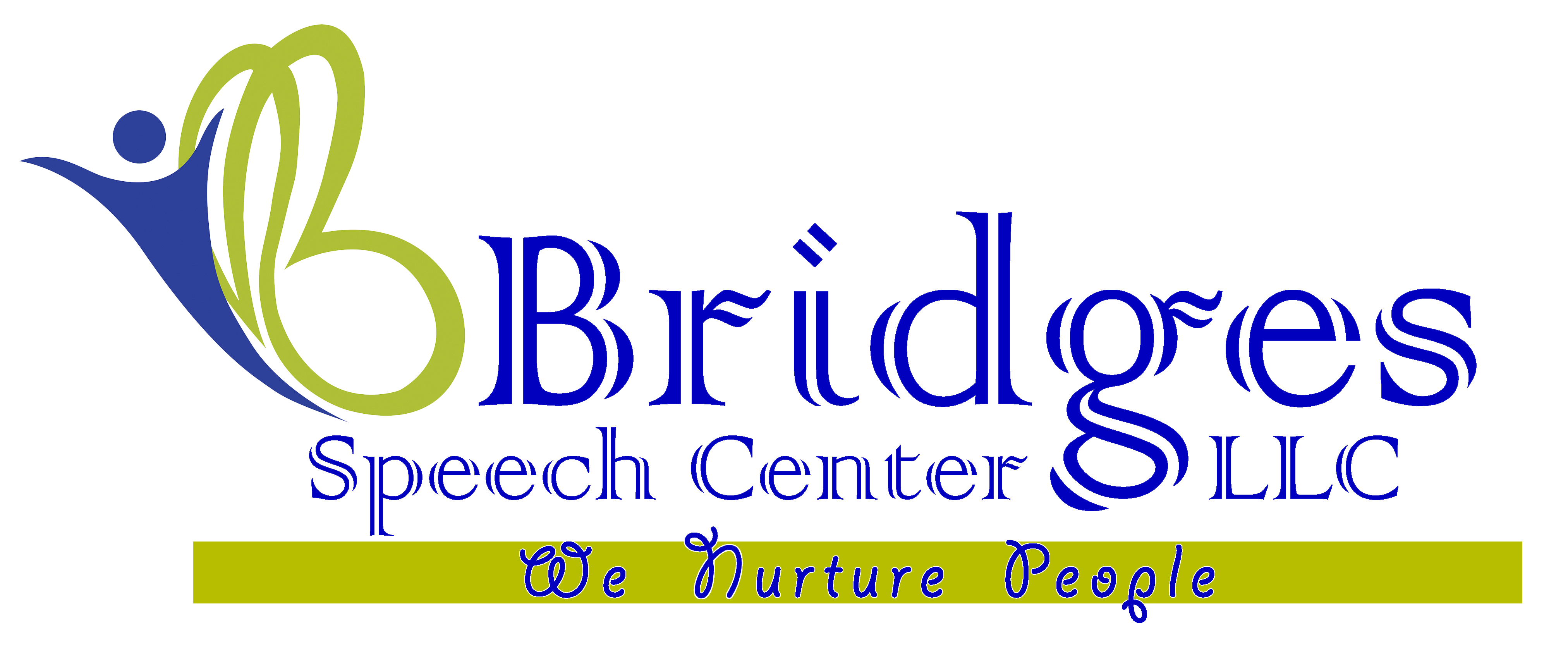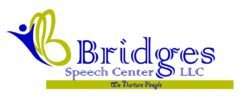
Learning how to beat dyslexia begins by understanding that dyslexia is not a measure of intelligence but a specific way the brain processes written language. An estimated one in five people live with this learning difference yet many still struggle in silence. Bridges speech center’s guide on how to beat dyslexia pools the latest science, practical classroom and home strategies and local resources in Dubai to help children and adults read with confidence. Whether you are a parent noticing your child mix letters or an adult who still avoids reading aloud the road to success starts here.Bridges speech center offers the best dyslexia occupational therapy treatment in dubai.
Table of Contents
ToggleUnderstanding Dyslexia at a Glance
Dyslexia is primarily a phonological processing disorder. That means the brain finds it harder to match written symbols with their corresponding sounds making accurate and fluent reading tough. Researchers have identified several neurobiological markers linked to dyslexia causes such as reduced activity in the left temporoparietal cortex. Genetics play a major role; if one parent has dyslexia their child has up to a 50 percent chance of inheriting it. Environmental factors like limited early language exposure or chronic ear infections can compound risk. Yet with structured literacy instruction and supportive therapies readers can close skill gaps. Around the world thousands of success stories prove that dyslexia therapy grounded in evidence based approaches rewires neural pathways and leads to lasting improvement. Crucially intervention does not stop with academics; emotional coaching helps students rebuild self esteem and engage boldly with text. Families who celebrate small wins every week reinforce motivation and accelerate change.Read more for comprehensive dyslexia assessment in dubai:What to expect
How many types of dyslexia are there?
Educators commonly group dyslexia into four functional categories: phonological, surface, rapid naming deficit and double deficit. Phonological dyslexia affects decoding; surface dyslexia makes irregular sight words difficult; rapid naming deficit slows down the speed of verbal retrieval; double deficit combines the previous two challenges. When parents ask how many types of dyslexia are there clinicians sometimes add visual or directional dyslexia to describe letter reversals although research suggests these signs stem from underlying phonological issues. Determining the subtype guides personalised plans on how to beat dyslexia because each profile responds best to slightly different teaching cues.
Digging into Dyslexia Causes and Risk Factors
Current consensus shows no single trigger yet multiple intersecting factors explain why some readers struggle. Dyslexia causes range from variations in genes like DCDC2 to prenatal influences such as maternal stress. Premature birth, low birth weight and exposure to toxins like nicotine can disrupt early neural migration. A recent study found that children with a family history plus socio economic disadvantage were 4.2 times more likely to be diagnosed. However protective factors exist. Rich oral language, music training and early phonemic awareness games strengthen auditory pathways. Integrating preventive activities into preschool classrooms dramatically reduces later reading failure underscoring that environment can offset biology. Teachers and pediatricians who monitor milestones can flag concerns before grade one.
Assessment: The First Step Toward Victory
Formal assessment is vital when plotting how to beat dyslexia. A certified speech language pathologist administers phonological awareness tasks, rapid automatized naming, reading fluency measures and memory probes. In Dubai a multidisciplinary team at Bridges Speech Center pairs cognitive testing with classroom observation to capture a complete learning portrait. Early screening as young as age five can predict later reading outcomes with 92 percent accuracy according to the International Dyslexia Association. Families receive a written report outlining strengths and areas for growth along with practical recommendations. This roadmap eases anxiety because clear targets transform the abstract goal of overcoming dyslexia into concrete action steps. Follow up sessions track progress every quarter ensuring interventions remain aligned with the learner’s evolving needs.
Evidence Based Dyslexia Therapy in Dubai
Once the profile is clear personalised intervention begins. The gold standard is Structured Literacy, an explicit multisensory sequence that teaches sound symbol correspondence, morphology and comprehension strategies. At Bridges Speech therapy Dubai integrates with play based tasks so children stay motivated. Adults benefit from online coaching that targets workplace vocabulary. Because reading difficulties rarely exist in isolation the team collaborates with occupational therapy and dyslexia specialists to improve handwriting and visual motor integration. Resilience sessions with our psychology and psychotherapy treatment unit address anxiety that often shadows slow progress. For families seeking support Dyslexia Therapy Dubai offers sessions during school breaks. Home practice packs reinforce each lesson. Students record themselves reading on tablets and therapists provide audio feedback within 24 hours. This blended model of digital guidance has raised reading accuracy by an average of 37 percent after six months. Parents who travel can switch to Dyslexia Treatment Dubai telehealth sessions while expatriate teens enrol in our Dyslexia Therapy Treatment for learning disorders Dubai program.
Daily Habits That Teach the Brain How to Beat Dyslexia
Therapy sessions are powerful yet brains change fastest when new circuits fire every day. Create a print rich environment at home: label drawers, stick magnetic letters on the fridge and play word scavenger hunts during car rides. Read aloud together for fifteen minutes nightly; you model prosody while your child tracks the text with a finger. Echo reading where the learner repeats a sentence after you rehearses pacing and boosts confidence. Phoneme tapping can be turned into a game by jumping on coloured tiles for each sound. To practice spelling use shaving cream or sand trays so multiple senses participate. Adults mastering English as a second language can apply the same multisensory tricks by recording tricky words on voice notes and tracing them on a tablet. Remember that how to beat dyslexia is also about mindset. Celebrate incremental gains such as two extra words per minute or fewer spelling reversals. Set SMART goals, review progress weekly and adjust tasks to keep the challenge just above comfort level. Consistency converts strategies into automatic skills. Listening to audiobooks while following along with the printed copy trains auditory and visual channels simultaneously, a method called paired reading. Even ten minutes during breakfast can reinforce neural mapping.
Technology That Supports Overcoming Dyslexia
Digital tools have revolutionised how to beat dyslexia. Text to speech extensions like Read&Write instantly vocalise web pages, relieving strain and allowing users to focus on meaning. Speech to text apps such as Dragon Anywhere let students dictate essays sidestepping spelling barriers while still building vocabulary. Coloured overlay filters reduce visual crowding for those with light sensitivity. A small 2023 study at the University of Sharjah found that combining text to speech with explicit strategy instruction improved comprehension scores by 28 percent in middle school students. Importantly technology supplements instruction; it does not replace systematic dyslexia speech therapy. These tools add one more layer to your plan for how to beat dyslexia.
Adults and Dyslexia: It Is Never Too Late
Many adults mask reading challenges with avoidance tactics but neuroplasticity persists across the lifespan. Bridge Speech Therapy at home dubai blend evidence based drills with career focused materials such as business reports and healthcare charts. Peer groups practice presentations reducing fear of public mistakes. Employers in Dubai increasingly fund accommodations once armed with professional documentation. Adult learners still ask how to beat dyslexia. Mastering new strategies boosts job performance and self advocacy proving that overcoming dyslexia is achievable at any age. Continued access to mentorship accelerates long term success.
Conclusion
Conquering reading difficulties is a journey not a sprint yet thousands have shown it can be done. By combining accurate assessment, targeted dyslexia therapy, consistent home practice, supportive technology and emotional encouragement families discover realistic answers for how to beat dyslexia. The earlier you act the sooner words transform from obstacles into gateways of opportunity.Schedule a consultation with Bridges Speech Center for any kind of dyslexia treatment support .


